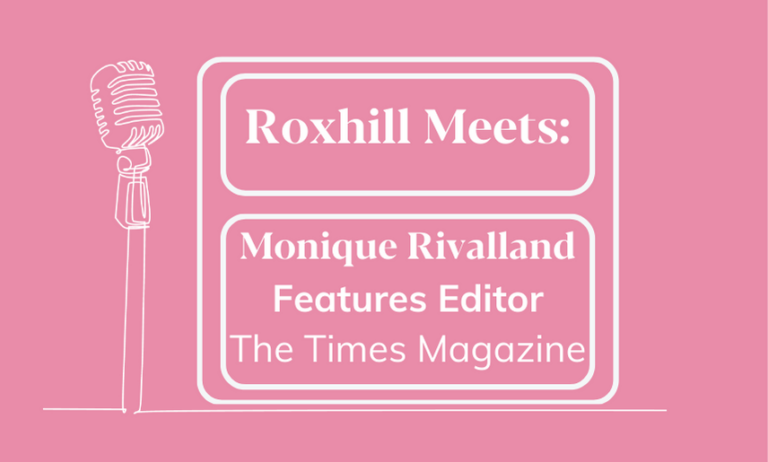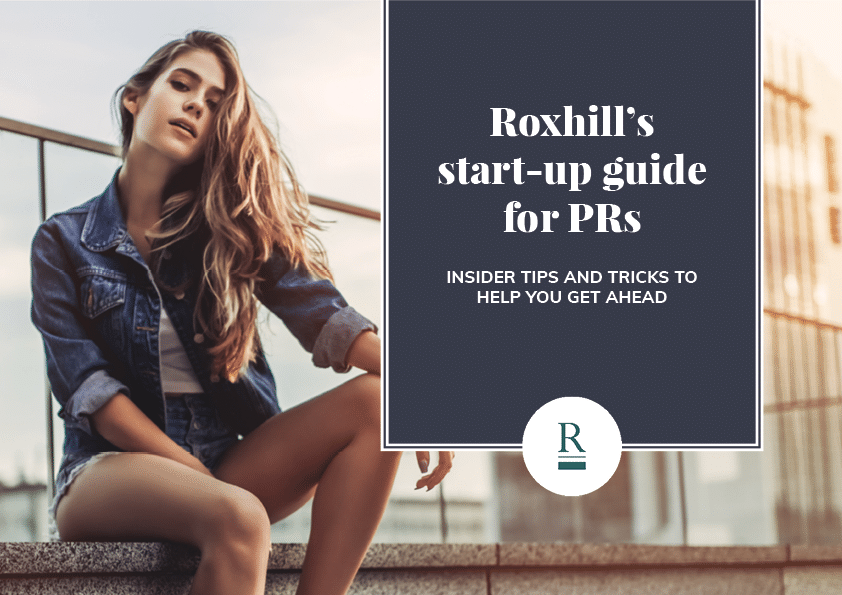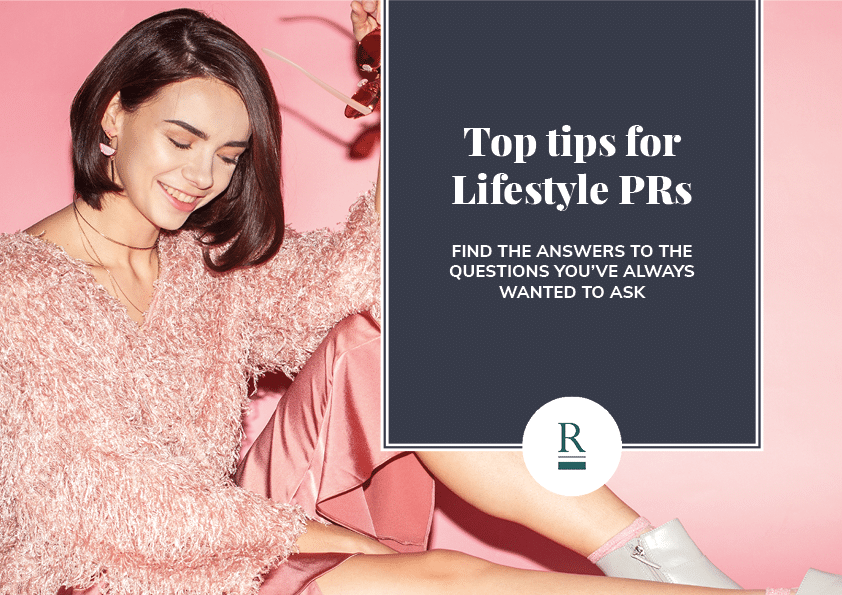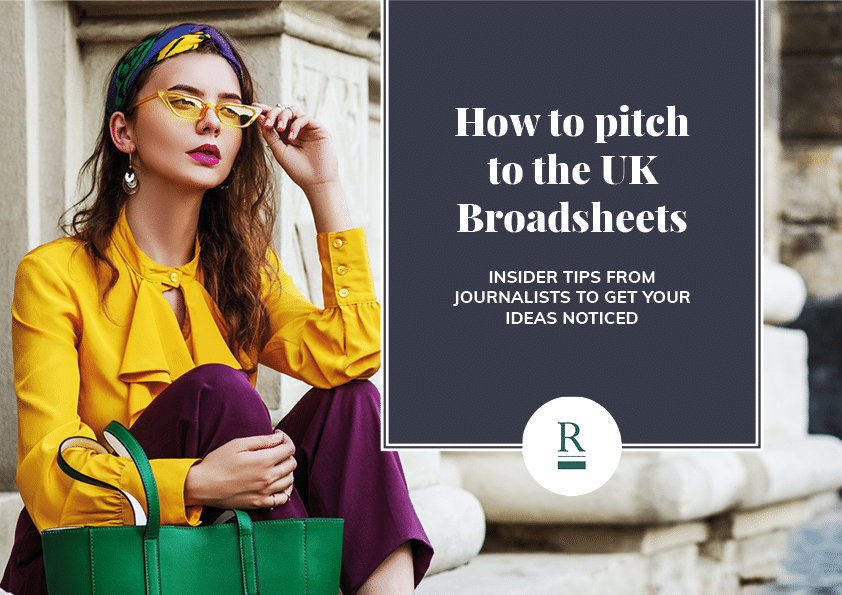- Media Database
Features
Find out how Roxhill can streamline and revolutionise the way you work.
Stay informed of journalist moves, topic coverage and Twitter activity with alerts.
See who’s writing about the issues relevant to you via sector, topic and socials.
Build accurate press lists and stay GDPR compliant with our built-in GDPR tools.
Share your next story with the right people, at the right time.
Evaluate, analyse and compare media activity to stay on top of trends.
Search and find over 2000 targeted lifestyle PR opportunities for your clients.
Take your most important journalist look-up tool on the go.
Highlight
- Sectors
Charity
Inc. Healthcare, Social & Education Charities
Education
Inc. Universities, Colleges, Academies & Schools
Fashion & Beauty
Inc. Fashion Trends, Cosmetics, & Salons
Financial
Inc. Banking, Insurance, Accountancy & Money
Health
Inc. Health, Biotech & Pharmaceutical
Industrial
Inc. Energy, Transport & Manufacturing
Media & Publishing
Inc. Broadcasting, Media Agencies and Publishing
Property
Inc. Residential, Commercial & Construction
Public Sector
Inc. Government, Defence & the NHS
Retail
Inc. Luxury Goods & Supermarkets
Technology
Inc. Computing, Big Tech & Home Technology
Travel, Food & Drink
Inc. Sustainability, Tourism & Food Festivals
- Events
Grab your tickets for our Roxhill Meets session with Monique on Tuesday 7th May at 9am, book your tickets now before it’s too late!
Upcoming Events
- Resources
- Company
Read more
- Contact









![shutterstock_1911060154 [Converted] [Recovered] help](https://roxhillmedia.com/wp-content/uploads/elementor/thumbs/shutterstock_1911060154-Converted-Recovered-pr4oud4taevlzc2ofybdnab5kp0avzhkmtt51x3exg.png)






